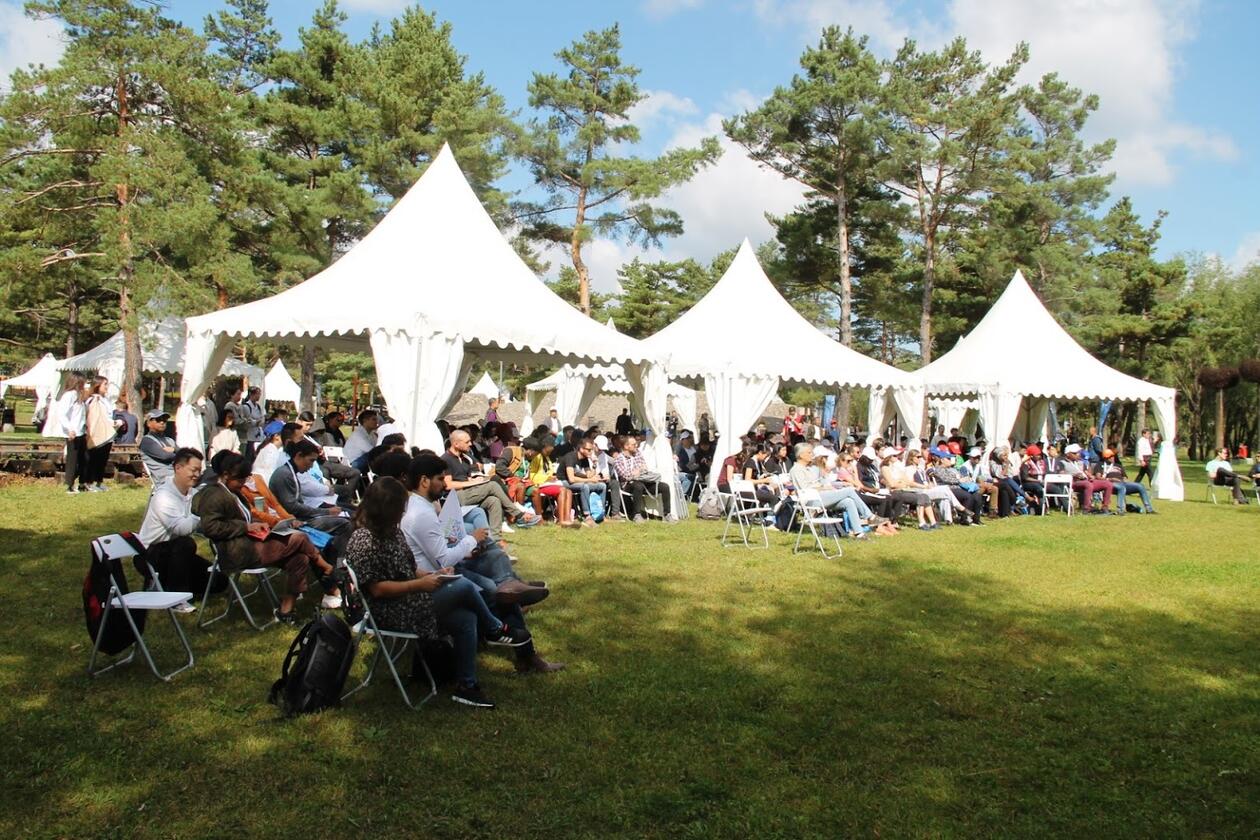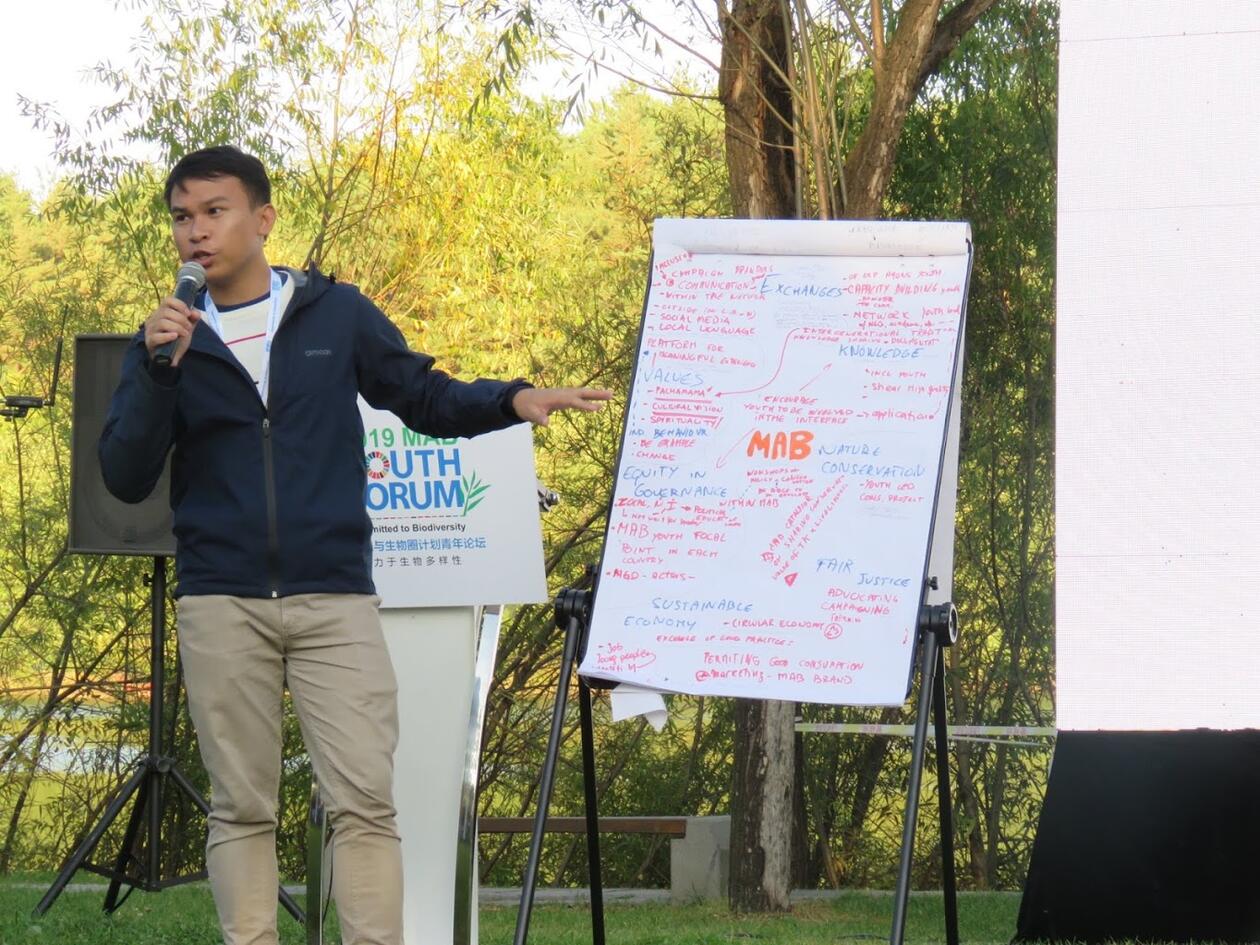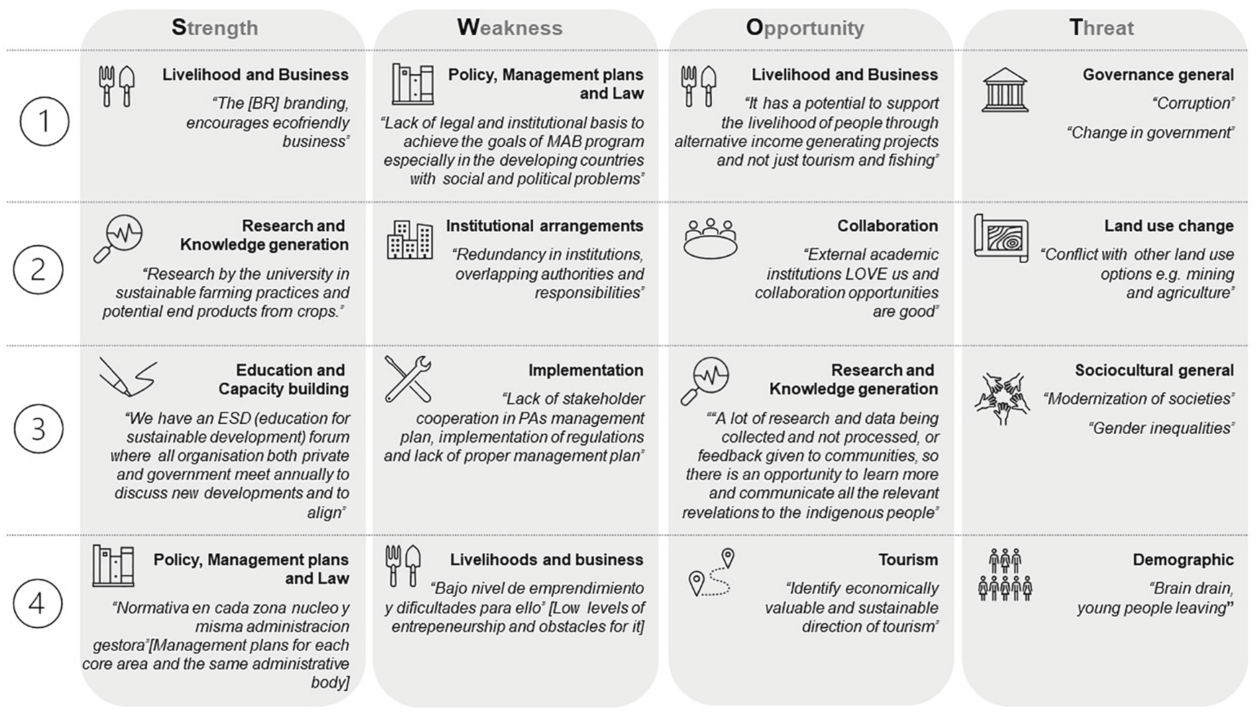Young people are important stewards in conservation and development
Global social and environmental issues have recently seen a surge of youth involvement; a development that could be explained by the fact that the youth of today will grow old in the world we are creating now. This new study, published in Global Environmental Change led by Alicia Donnellan Barraclough (UiB, CeSAM), shows that young people have an in-depth understanding of the social-ecological complexities of sustainable development and biodiversity conservation, and they are concerned about low levels of inclusion of young people in the governing bodies that are taking decisions about their future.
Main content
For this study ‘Voices of young biosphere stewards on the strengths, weaknesses, and ways forward for 74 UNESCO Biosphere Reserves across 83 countries’, published in Global Environmental Change, Alicia D. Barraclough, Lisen Schultz (Stockholm Resilience Centre / UiB) and Inger Måren (CeSAM, UiB) studied the implementation of the World Network of Biosphere Reserves (WNBR) of UNESCO’s Man and the Biosphere programme (MAB) in the eyes of youth.
Young people are key stakeholders in conservation and development projects like MAB, and even though sustainability initiatives put a focus on future generations, very little research exists on how young people are affected by, or take part in, sustainable development projects. That is why Alicia D. Barraclough wanted to understand young people’s perceptions of Biosphere Reserve (BR) implementation, and to understand how young people were contributing to BR goals, and which are their main concerns going forward.
At the MAB-Youth Forum 2019, an international forum for young people from the World Network of Biosphere Reserves, UNESCO hosted participatory workshops for pinpointing strengths, weaknesses, and ways forward for BRs all around the world. With the assistance of the MAB UNESCO team, Alicia D. Barraclough wrote this paper from the data produced during these workshops and follow-up individual surveys.
What Alicia D. Barraclough and her colleagues found was that the young people involved in Biosphere Reserves have a wide and in-depth understanding of the social-ecological complexity in which BRs are embedded.
Alicia D. Barraclough: “This finding did not come as a surprise to me. In my view, especially in policy and practice circles, young people are delegated to ‘youth concerns’. This is an oversimplification. Young people have a good grasp of many complex issues and concerns related to social and environmental sustainability.”
The SWOT analysis further showed that young people positively value many processes and traits which are associated to adaptive-co-management of ecosystems, such as local community involvement in environmental management, evidence-based management of landscapes, cross-sectorial collaboration, and learning opportunities associated to BR implementation.
Further, the researchers found that young people are concerned about the lack of political will and legal instruments necessary to implement the complex governance arrangements required in multi-faceted “People and Nature” projects like BRs. In fact, governance challenges associated with achieving BR objectives was one of the top concerns amongst participants.
The exodus of young people from BRs due to lack of opportunities (the so-called 'brain drain') was another big concern amongst study participants, showing that it is crucial to enhance sustainable livelihood options within young people’s home territories.
Finally, the study confirmed that young people are active stewards of their BRs, and they participate in governing bodies, advocacy, entrepreneurship, and education. However, they are concerned about the more general low levels of participation or inclusion of young people in the governing bodies which take decisions about their future.
This research thus coincides with the worldwide trend showing low levels of youth representation in governance, and demonstrated that it is highly important to find better ways to involve youth in environmental governance.
Alicia D. Barraclough: “There are ways to make this happen. One important pathway is that we are seeing people lobbying for youth to have specific seats on the boards and councils of the organizations or governmental bodies concerned. For example, to have a youth seat on the MAB National Councils, having Youth seats on UNESCO councils, having Youth seats in the Biosphere Reserve boards, etcetera.
Other promising pathways when it comes to involving youth, are to improve research on how to promote meaningful participation in environmental governance in general, and ensure that this increase in participation takes special consideration of youth. I would argue that our research is expanding the knowledge frontier on finding avenues in increasing local community participation.”
To learn more about this topic, have a look at the papers referenced on our project page Global survey on biosphere reserves.
Find the paper here:
Donnellan-Barraclough, A., L. Schultz, and I. E. Måren. 2021. Voices of young biosphere stewards on the strengths, weaknesses, and ways forward for 74 UNESCO Biosphere Reserves across 83 countries. Global Environmental Change 68:102273. https://doi.org/10.1016/j.gloenvcha.2021.102273




